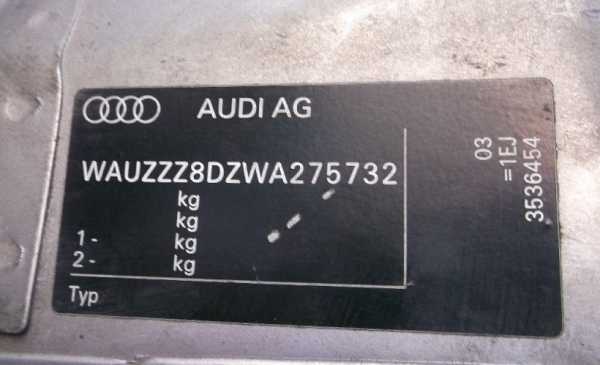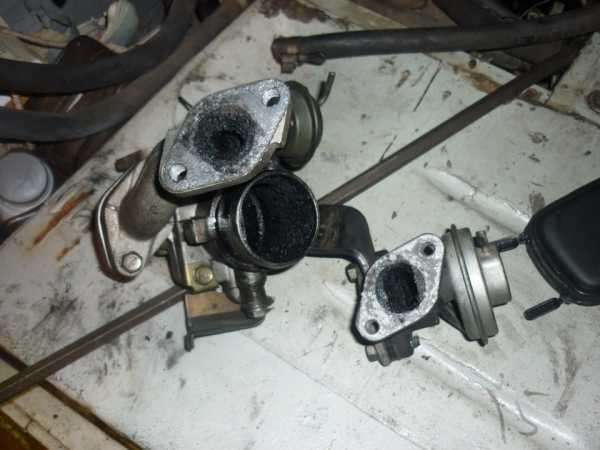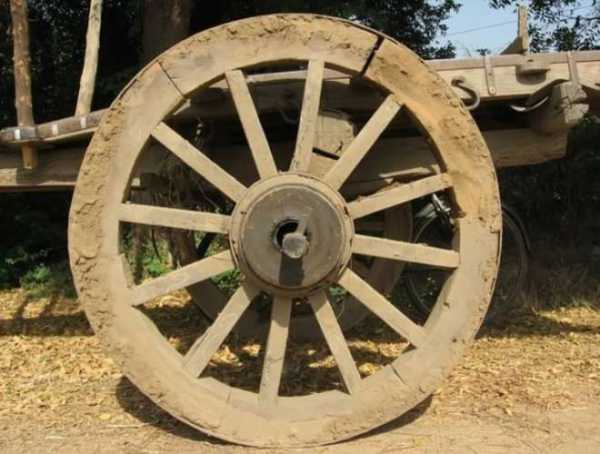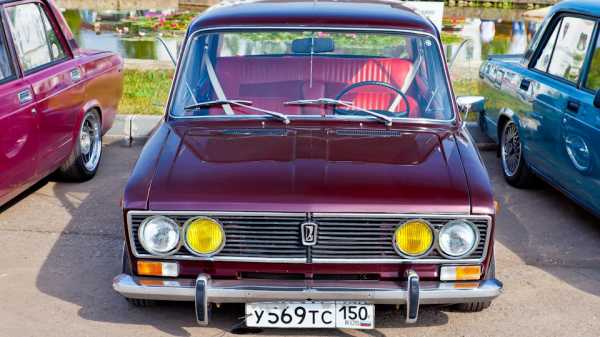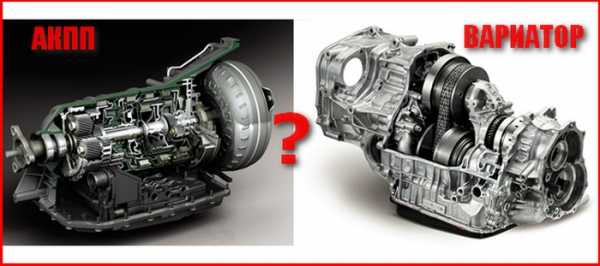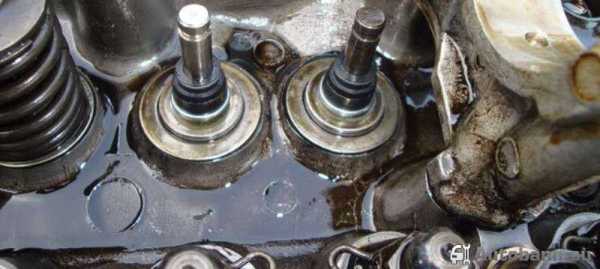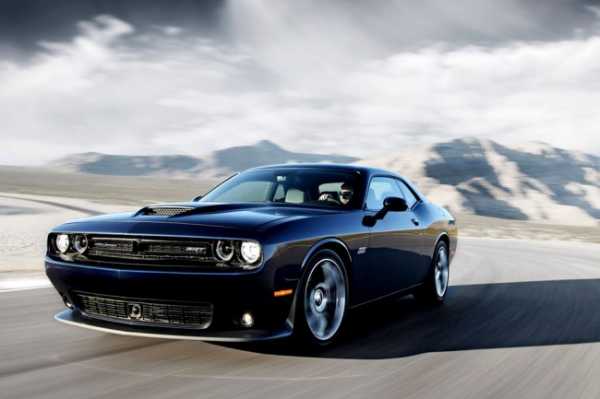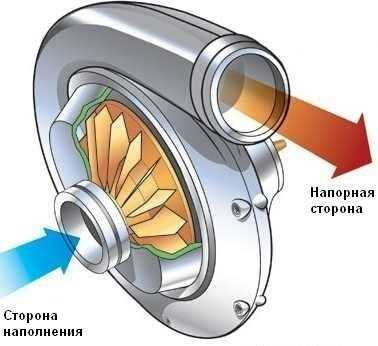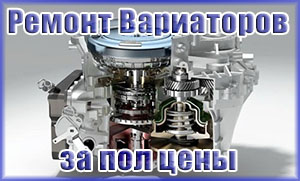Ford transit connect 2017
2017 Ford Transit Connect Reviews and Rating
- More body configurations than the competition
- Available EcoBoost engines
- Plus-size-Focus handling
- Cheap-ish interior materials
- Top-spec models are surprisingly pricey
New for 2017
The 2017 Ford Transit Connect is getting some infotainment enhancements for the new model year, including the availability of SYNC 3 with navigation. Added standard features for 2017 include automatic headlamps, reverse sensing, roof rails, and a power driver’s seat. Guard Metallic will replace Tectonic Silver Metallic in the compact van’s color wheel.
Vehicle Summary
The Ford Transit Connect was arguably the first compact cargo van on the market when it came to the United States for 2010. Since then, it has inspired imitators from Nissan (NV200), Ram (ProMaster City), and Chevrolet (City Express), but the Transit Connect remains the segment’s bestseller. It’s available in two different body lengths, unlike its competition.
Overview
The 2017 Ford Transit Connect is available in passenger (Wagon) or cargo (Van) configurations, with two different body lengths available. The Wagon is available in a sophisticated Titanium trim level, intended for families and private owners, while other versions of the Transit Connect are more appropriate for fleets or small businesses. The 2017 Transit Connect is built in Valencia, Spain.
The long-wheelbase Transit Connect Van can accommodate 128.6 cubic feet of cargo behind the front seats, while the short-wheelbase iteration has 103.9 cubic feet of storage in its cargo area. Long-wheelbase Wagons seat up to seven thanks to an available two-passenger third-row seat; this option is not available on short-wheelbase wagons.
Powering the 2017 Ford Transit Connect is a selection of I-4 engines. A naturally aspirated 2.5L unit is standard, delivering 169 hp and 171 lb-ft, while a turbocharged 1.6-liter EcoBoost I-4 costs $795 and brings an additional 9 hp and 13 lb-ft of torque for maximum performance. Its turbocharged induction should also mean better low-end torque off the line. The EcoBoost engine outstrips every other compact van engine on the market, shadowed only by the midsize Mercedes-Benz Metris’ 2.0-liter turbocharged I-4.
Safety
Electronic stability control, roll prevention, emergency brake assist, and standard front, side, and curtain airbags make an appearance on the 2017 Ford Transit Connect. With a five-star overall safety rating from the National Highway Traffic Safety Administration, the Transit Connect Wagon also helps protect its passengers from frontal and side collisions. The Transit Connect Van has similar safety ratings from NHTSA.
Trims, Packages, and What’s Standard
The 2017 Ford Transit Connect Van is available in two lengths and two trim levels. Both the XL and XLT van are available in either short- or long-wheelbase form, powered by either the turbocharged 1.6-liter EcoBoost I-4 or the standard 2.5-liter I-4.
The 2017 Ford Transit Connect Wagon is available in two lengths and three trim levels. The XL, XLT, and Titanium are available in both wheelbases, and all but the XL can be optioned with the turbocharged 1.6-liter EcoBoost I-4. 2017 marks the first time a short-wheelbase Titanium is available, bringing that trim’s ritzy leather and long list of standard equipment to the five-seat Transit. Of note, the long-wheelbase Titanium comes standard with six seats instead of seven, thanks to two individual bucket seats replacing the second-row bench. Adding the bench is a no-cost option if you need seven leatherbound perches for your passengers.
With available 17-inch aluminum wheels, optional leather seating, a massive glass roof on offer, and a variety of roof rails and crossbars, the Transit Connect can easily be equipped like a compact adventure machine for small families and couples, but it can also be spec’d like an appliance as well. Indeed, the Van is even available with hard-wearing, easy-to-clean vinyl seating, and two sliding doors provide easy access to cargo from either side of the vehicle.
What We Think
The 2017 Ford Transit Connect is the best-selling compact cargo van on the market, thanks in large part to its palatable starting price that undercuts the Ram ProMaster City and Mercedes-Benz Metris, plus a good balance between efficiency and capability.
It’s as easy to drive as a Ford Focus, which is understandable given their shared architecture, and the available turbocharged 1.6-liter EcoBoost engine gives the 2017 Ford Transit Connect surprising verve for a work vehicle. Although the Transit Connect does have a long list of standard and available luxury features, it’s not a luxury vehicle by any stretch of the imagination. Even top-spec Wagons feature lots of hard, unforgiving plastic on the interior panels, although their design is fresh and modern, again drawing a parallel to the Focus, with its fun and funky interior styling.
With a solid platform, impressive engine lineup, and low cost of entry, it’s no surprise the Ford Transit Connect continues to sell so well. For small businesses, there might not be a better-balanced option.
Cool Fact
The first-generation Transit Connect was built in Turkey, but the second-generation model is imported from Valencia, Spain.
Key Competitors:
- Ram ProMaster City
- Mercedes-Benz Metris
- Nissan NV200
- Chevrolet City Express
2017 Ford Transit Connect Review, Ratings, Specs, Prices, and Photos
You've probably passed a dozen Ford Transit Connects today without even realizing it. Although they're surprisingly stylish for commercial-oriented vehicles, they tend to blend into the background.
Typically emblazoned with decals promoting a delivery company or a plumbing service, the Transit Connect was designed initially for the European market but has adapted well urban, suburban, and rural America. It's a polished, flexible cargo and human hauler that easily rates a 6.4 out of 10 overall and is a compelling choice for a small business.
The Transit Connect was redesigned a couple of years ago as a far more practical model than its car-with-a-box predecessor that ushered the nameplate into the American market. It squares off against an increasingly wide range of rivals, including the Chevrolet City Express, Ram ProMaster City, and Nissan NV200.
Review continues below
Take what makes crossovers and minivans so appealing, and omit much of what might turn you off, and you end up with the Transit Connect. It's a great alternative to hefty full-size vans, yet definitely manages to dodge the stigma (and bloat) of modern, not-so-mini minivans.
Two variants are on offer: The Transit Connect and the Transit Connect Wagon, the latter a passenger-oriented variant that offers seating for up to seven. It's not really a minivan alternative since interior room is tight, but for those may need to haul a few humans to a job site, the Wagon may make some sense as it's versatile, frugal, and spacious, without being cumbersome to drive.
Ford Transit Connect styling, performance and comfort
Let's face it, you're not in the commercial-oriented van market because you want something that's going to make you do a double-take every time you park it, but the Transit Connect looks decent for what it is. Inside, its interior could have been plucked from the automaker's Focus and Fiesta small cars or its Escape crossover, which were all penned primarily in Europe. That means you'll find a lot of buttons on the dash but also a generally convenient feel.
The Transit Connect family doesn't drive much like a commercial van, and that's a good thing. It mostly delivers small car driving dynamics, matched with enough space and payload to handle most of what small-business owners will throw at it. The front-wheel-drive Transit Connect and Transit Connect Wagon models offer a choice of either a 2.5-liter 4-cylinder engine or a 1.6-liter turbocharged inline-4, both of which are mated to a 6-speed automatic transmission.
The 178 horsepower turbo can be a little laggy, but it offers slightly better fuel economy, at least on paper, and it's a little peppier overall than the 169-hp base engine.
The Transit Connect and Wagon draw from the same goodness mechanically as they are both generally underpinned by the same platform you'll find in the Ford Focus. That's a good thing, since it delivers remarkably responsive handling and well-weighted steering. The Wagon, in particular, stands out as the most nimble and sporty three-row vehicle we've come across in a while. That may be lost on your average commercial fleet operator, but at least the drivers themselves will be enjoying themselves.
From a purely practical standpoint, the Transit Connect and Transit Connect Wagon get business done—with surprisingly good comfort and a tight, quiet interior. The front area feels, as in the Ford Escape, like the interior of a small car but elevated several inches—and with the raised roof on every model, more drivers will have more than a foot above their head.
In three-row Wagon versions, the back-seat arrangement is impressive, with the second row split 60/40 and generously sized to fit adults; it has seatbacks that flip forward, then the entire seat folds forward and then deep into the floorwell, all with a continuous motion. The twin, third-row seats can be jockeyed fore and aft a few inches, while they fold flat and an extending shelf allows the cargo floor to be flush.
With wide-opening sliding doors on either side, plus a huge cargo opening, the Transit Connect Wagon is easy to load or reconfigure; adding to that convenience is that this van rides pretty much at car height—so you don't have to step up first, as in many crossover vehicles. You're allowed a choice between one-piece lift-up hatchback or dual side-hinged rear doors; unless you're height-limited (by a garage door, for instance). Of those, we prefer the hatchback setup best for its easy load opening—and for the lack of another visibility-obstructing pillar.
The Transit Connect Wagon is offered in XL, XLT, and Titanium trim levels, with configurations including short-wheelbase (SWB) and long-wheelbase (LWB) versions.The passenger-oriented Wagon can tow up to 2,000 pounds with the Tow Package, which unfortunately is only offered with the 2.5-liter engine. And if you want the short-wheelbase Wagon, you'll have to settle for the middle XLT. Payloads range up to 1,270 pounds (modest, actually, if you plan to carry passengers, too).
A new-for-2017 optional roof rack expands the Wagon's capacity and its lifestyle positioning.
Ford Transit Connect safety, features, and fuel economy
Safety equipment includes three-row airbags on seven-passenger Wagon models, and two-row curtain airbags on five-passenger models (Transit Connect models still include six airbags for driver and passenger); and the federal government's NHTSA has crash-tested Transit Connect Wagon—with a five-star overall rating, four stars for frontal impact, and five stars for side impact protection.
Ford Transit Connect XLT and Titanium models can be equipped with MyFord Touch, and as such they include a 6.5-inch touchscreen plus a rearview camera system, HD Radio, satellite radio, and USB port. All models include keyless entry and power windows. At the XLT level, you get standard cruise control, plus MyKey and heated power mirrors.
On top Transit Connect Wagon Titanium models, there's dual-zone automatic climate control and other upgrades, Leather seats are available on the XLT and standard on the Titanium, but an option that we don't necessarily recommend, as the cloth upholstery is comfortable and breathable. Remote start and a panoramic roof are optional, as are reverse sensors.
Fuel economy depends greatly on the body style and engine options you select for your Transit Connect, but the high-volume model comes in at a respectable 22 mpg city, 29 highway, 24 combined.
There are even versions that run on natural gas and LPG.
2017 Ford Transit Connect Information
The Ford Transit Connect is like a minivan only cooler, if you have mountain bikes or motorcycles or kayaks or dogs and stuff. Or like a minivan, only who-would-want-a-truck? It's not likely to be in demand among soccer moms. But it's well worth reviewing. Built on the Focus platform, it's polished, flexible, thrifty and nimble. A lot of people need one and don't know it.Transit vans blend into the road scene, usually with signage from a tradesman. They make a compelling case for business. Ford brought the first Transit vans over from Europe, where small work vans are ubiquitous, and we're finally catching on to the intelligence of them. If there weren't a strong market, the Transit wouldn't have competitors like the Chevrolet City Express, Ram ProMaster City, and Nissan NV200.
The vans are front-wheel drive, with two four-cylinder engines available: a 2.5-liter making 169 horsepower, or 1.6-liter turbo making 178 hp. Both use a six-speed automatic transmission.
It can tow up to 2000 pounds with the 2.5-liter engine and tow package; while payloads range up to 1270 pounds, which isn't all that much.
There's the Transit Connect and Transit Connect Wagon that seats up to seven, although with less room and comfort than a minivan. But the driver will love it, for its responsive handling and steering. It's the most nimble and sporty three-row vehicle we've come across in a while.
The interior is definitely not cargo van-like; in front at least, the cabin feels like the Ford Focus, Fiesta or Escape. It's tight and quiet inside. Lots of convenient buttons on the dash.
Different models get different fuel mileage, but you can figure on about 22 miles per gallon city, 29 highway, and 24 combined. A bit more for the 1.6-liter turbo than the 2.5-liter four. If you want to abandon gasoline altogether, natural gas and LPG models are available.
The Transit Connect has six airbags for driver and passenger, while the seven-passenger Wagon models have three-row airbags, and the five-passenger models have two-row curtain airbags. The NHTSA gives it five stars overall in crash testing, with four stars for frontal impact and five stars for side impact.
All that's new for 2017 is a roof rack. Full Review
The Ford Transit Connect is like a minivan only cooler, if you have mountain bikes or motorcycles or kayaks or dogs and stuff. Or like a minivan, only who-would-want-a-truck? It's not likely to be in demand among soccer moms. But it's well worth reviewing. Built on the Focus platform, it's polished, flexible, thrifty and nimble. A lot of people need one and don't know it.Transit vans blend into the road scene, usually with signage from a tradesman. They make a compelling case for business. Ford brought the first Transit vans over from Europe, where small work vans are ubiquitous, and we're finally catching on to the intelligence of them. If there weren't a strong market, the Transit wouldn't have competitors like the Chevrolet City Express, Ram ProMaster City, and Nissan NV200.
The vans are front-wheel drive, with two four-cylinder engines available: a 2.5-liter making 169 horsepower, or 1.6-liter turbo making 178 hp. Both use a six-speed automatic transmission.
It can tow up to 2000 pounds with the 2.5-liter engine and tow package; while payloads range up to 1270 pounds, which isn't all that much.
There's the Transit Connect and Transit Connect Wagon that seats up to seven, although with less room and comfort than a minivan. But the driver will love it, for its responsive handling and steering. It's the most nimble and sporty three-row vehicle we've come across in a while.
The interior is definitely not cargo van-like; in front at least, the cabin feels like the Ford Focus, Fiesta or Escape. It's tight and quiet inside. Lots of convenient buttons on the dash.
Different models get different fuel mileage, but you can figure on about 22 miles per gallon city, 29 highway, and 24 combined. A bit more for the 1.6-liter turbo than the 2.5-liter four. If you want to abandon gasoline altogether, natural gas and LPG models are available.
The Transit Connect has six airbags for driver and passenger, while the seven-passenger Wagon models have three-row airbags, and the five-passenger models have two-row curtain airbags. The NHTSA gives it five stars overall in crash testing, with four stars for frontal impact and five stars for side impact.
All that's new for 2017 is a roof rack. Hide Full Review
2017 Ford Transit Wagon Review, Ratings, Specs, Prices, and Photos
After standing stagnant for what felt like generations, the commercial van market has seen a resurgence—and the 2017 Ford Transit absolutely plays into that.
Ford and Ram have looked to their European divisions for new, more efficient options, while Nissan also entered the big van segment with its NV range.
Ford's effort is the Transit, a nameplate well-known in Europe that arrived in the United States for the 2015 model year. This year, it largely stands pat, remaining available in XL and XLT trims with van (commercial or cargo), wagon (passenger-oriented), and cutaway (conversion-oriented) body styles, as it seeks to convince commercial and fleet operators out of their E-Series (or Econoline) full-size vans. The Transit has big shoes to fill since the E-Series dominated the market for nearly 40 years.
Review continues below
The Transit scores a 5.4 overall based on its good flexibility and decent (for what it is) road manners. (Read more about how we rate cars.)
It's fair to say that the Transit represents a marked departure by offering improved fuel efficiency, better cargo flexibility, and much-improved ride and handling attributes. Its interior is modern and far more flexible, allowing it to be a people-carrier, a mobile office, or a cargo hauler with ease.
The Transit segues right into the commercial market, where the E-Series has long been a staple of business owners, delivery fleets, hotel shuttles, and even RV conversions. Its rivals include the Nissan NV, which takes a more conventional approach like the E-Series, and the Fiat-based Ram ProMaster, which turns things around with front-wheel drive, a low cargo area, and an unusual powertrain. And then there's the van that started the Euro invasion—the still excellent Mercedes-Benz Sprinter.
For those who don't require quite as much space, Ford's Transit Connect offers a much smaller footprint. Despite its name, it shares very little with the larger Transit.
As with its predecessor, the Transit is available in several different sizes. With three lengths, two wheelbases, and three roof heights, it can do duty as a serious delivery truck. With the highest-roof model, those over 6 feet tall can stand upright inside the vehicle when loading and unloading, and rear cargo doors swing out 270 degrees for fuss-free access. We've seen Transits configured with a full desk inside, which might be cheaper than office rent in some markets.
Among these sizes, you can choose from XL and XLT trims, the latter of which can be outfitted with some unexpectedly luxurious touches. For 2017, there are nearly 60 vehicle configurations in all, according to Ford; that's up from 47 in 2015.
Unlike its body-on-frame predecessor, the Transit has a unibody construction that helps it ride and handle far better. While the front MacPherson strut setup might be a lot closer to modern passenger vehicles than the old E-Series, the leaf springs and live axle in back aren't. Payload capacity for the Transit lineup ranges up to 4,650 pounds, while payloads have increased at least 600 pounds compared to the Econoline predecessors. Towing capability is up to 7,500 pounds, and the six-speed automatic transmission includes a separate towing/hauling mode.
Transit models for the U.S. are built in Kansas City, Missouri. Competing with the range of aftermarket upfitters, Ford offers numerous factory-approved conversion options for setups like cargo dividers and roof racks, all available through a dealership.
The Transit lineup includes three engine choices. There's a base 3.7-liter V-6, making 275 horsepower and 260 pound-feet of torque. Then the step-up engine is a version of Ford's EcoBoost 3.5-liter V-6, making 310 hp and 400 lb-ft (at just 2,500 rpm). Separately, as a towing-oriented option, there's a 3.2-liter Power Stroke turbodiesel inline-5, making 185 hp and 350 lb-ft (at just 1,500 rpm).
Outside, the Transit shares some elements with Ford's other global passenger cars; squint and you'll see some hints of the Focus and Fiesta. But it is governed by its purpose, meaning its boxy cargo hold takes precedent.
Inside, the same hold trues, and while you might expect this van to be entirely utilitarian, there's an almost sporty look to its dashboard. In many ways, the Transit breaks from the boredom of previous van interiors, although its switchgear is scattered about in a somewhat illogical fashion. Seats are large and supportive, with armrests included in most, and low side windows afford a good view out. Heated seats are even available for those in wintry climes.
With more than 487 cubic feet of maximum cargo capability in its largest versions, with a best-in-class rear door opening height of 74.3 inches, the Transit has more cargo space than any other gasoline-engine mode. Extended-length versions will offer seating for up to 15, including another 100.5 cubic feet behind the last row.
The IIHS has not yet rated the Ford Transit, but the NHTSA rates the van with four stars in a frontal crash and five stars for side impact protection.
Compared to the Econolines, as well as the Transit's contemporary rivals, Ford puts a lot of features into these vans, and they offer a far more passenger-oriented set of in-cabin features than the Econolines ever had. For 2016, Ford has made a rearview camera standard on all van and wagon models, as well as a front dome lamp, map lights, and theater dimming.
Ford's much-improved Sync 3 infotainment system is offered on the Transit lineup, and to keep tabs on your drivers you could get either sophisticated Crew Chief fleet telematics or a simplified MyKey system that allows some degree of control over the vehicle's maximum speed.
New features for 2017 include an available power-deploying running board for the truck's passenger side, which should help with loading cargo or humans into its hulking bay. Additionally, the automaker has made alloy wheels, which it says are designed to be easy to clean, as an option. The alloy wheels are matched with locking lug nuts, a crucial item for users in some areas.
With the low or medium roof, the Transit will return 15 mpg city, 19 highway, 16 combined with either of the gasoline V-6 engines, according to the EPA. Ford hasn't listed equivalent numbers for the diesel model.
"Питер - АТ"
ИНН 780703320484
ОГРНИП 313784720500453

